You don’t have to walk far in Barcelona in order to see a mosaic sculpture (or tacky souvenir) inspired by Gaudí. Although Gaudí’s are the most famous examples of mosaic art in Barcelona, the tradition of mosaic work in the city can be traced back to the Roman period. Also originating in Roman times, fresco painting became a major art-form in medieval Barcelona, and inspired many modern artists. This article will take a closer look at the two artistic traditions, and where to find the best examples of both in the city.
Table of Contents
Mosaics
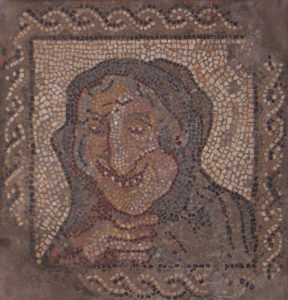


Photo credit: Sebastià Giralt via Visual Hunt / CC BY-NC-SA
The earliest mosaics in Barcelona belong to the Roman period. They have been preserved throughout the centuries as they were often located on the floors of buildings which became covered over, and thus protected from light, air and erosion. They were made from durable materials such as marble and pebbles which are not easily damaged by water. At the time the Roman settlements of Barcino and Baetulo were founded in the region, black and white mosaics featuring geometric patterns were popular. Fine examples of black and white mosaics can be found in the MUHBA Plaça del Rei and the Museu Badalona. In order to see more opulent, full-colour mosaics, head to the Museu d’Arqueologia de Catalunya, where many detailed wall mosaics are displayed, including unusual examples such this caricature of an elderly lady (pictured right).
Just as the mosaic floors of Roman Barcelona lay hidden for millennia, so the tradition of mosaic-making in the city largely fell out of use after the Roman period. It was the Modernisme movement of the early 20th-Century which really brought mosaic art back to the city, and indeed, made it one of modern-day Barcelona’s defining characteristics.
The trencadis style (originated by French artist Raymond Isidore) was adopted and perfected by Gaudí and his collaborator Josep Maria Jujol. In this technique, unevenly-sized pieces of broken ceramic are used to create unique mosaics. Gaudi first used trencadis in the Pavellons de la Finca Güell, breaking the pottery shards used to decorate the building in order to fit its unique design. He went on to use the technique in many of his most celebrated architectural works, most famously in Park Güell, where trencadis mosaics can be found adorning almost every façade and hidden detail, from the undulating bench (designed by Jujol) to the famous (and infamously-imitated) rainbow-coloured salamander which snakes its way down the main staircase of the monumental zone. Visit in the early morning or late evening to truly appreciate the finer details of the park’s mosaics. During peak times it can become overrun by tourists taking selfies. Casa Batlló has a wonderful scaled roof, like the body of a chamaeleon. The roof of La Pedrera also features mosaic details, as do the caps of the spires of La Sagrada Família.
Another famous exponent of the modern-day mosaic in Barcelona is Joan Miró. Don’t miss his Pla de l’Os mosaic in the centre of La Rambla (just south of the Gran Teatre del Liceu), which many people overlook as they are negotiating the souvenir stands and street-performers. Also look out for his Dona i Ocell (‘Woman and Bird’) in Parc Joan Miró, and the fabulous large-scale mosaics in MNAC (Museu Nacional d’Art de Catalunya) and Barcelona airport.
In addition to these celebrated examples, many modern mosaics from lesser-known artists can be found all over the city, from metro stations to the entrance-halls of apartment blocks. The mosaic as an emblem for the city seems appropriate when you consider its multi-faceted character: a tapestry of ancient and modern districts intersecting one another and combining to make an inimitable whole.
Frescoes
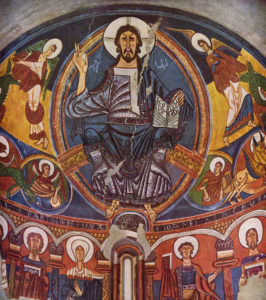


Photo credit: jimforest via Visual hunt / CC BY-NC-ND
The fresco technique involves painting directly onto wet plaster, then allowing the paint to dry, thus incorporating the painting into the fabric of the plaster itself. This ancient art dates back to Egyptian times, but its first attested use in Barcelona dates from the Roman period. There is a well-preserved and beautifully executed fresco of a horseman on display at the MUHBA Plaça del Rei. In the Museu Badalona, some of the frescoes which would once have decorated shops and houses have survived, and been partially re-created to give a feel of how a brightly-decorated Roman residence might have appeared.
The most stunning examples of fresco painting, however, date from the medieval period. A great starting point if you want to find out about them is the Romanesque collection at MNAC. Many wonderful frescoes (mostly from churches in the Pyrenees) have been displayed in model apses, in order to recreate their original appearance. Highlights include the apse of Sant Climent de Taüll (detail pictured left), which inspired artists of the modern era including Picasso and Francis Picabia. In order to see medieval frescoes preserved in situ, visit St Michael’s chapel in the Monestir de Pedralbes, where every wall is beautifully illuminated by biblical scenes in the Italian Trecento style.
Today, the fresco paintings of ancient Barcelona have been replaced by the murals and stucco reliefs which adorn many of the city’s facades, but it is easy to see how modern mural artists must have found inspiration in the wall-paintings of the past, just as modern mosaicists were inspired by their Roman predecessors.









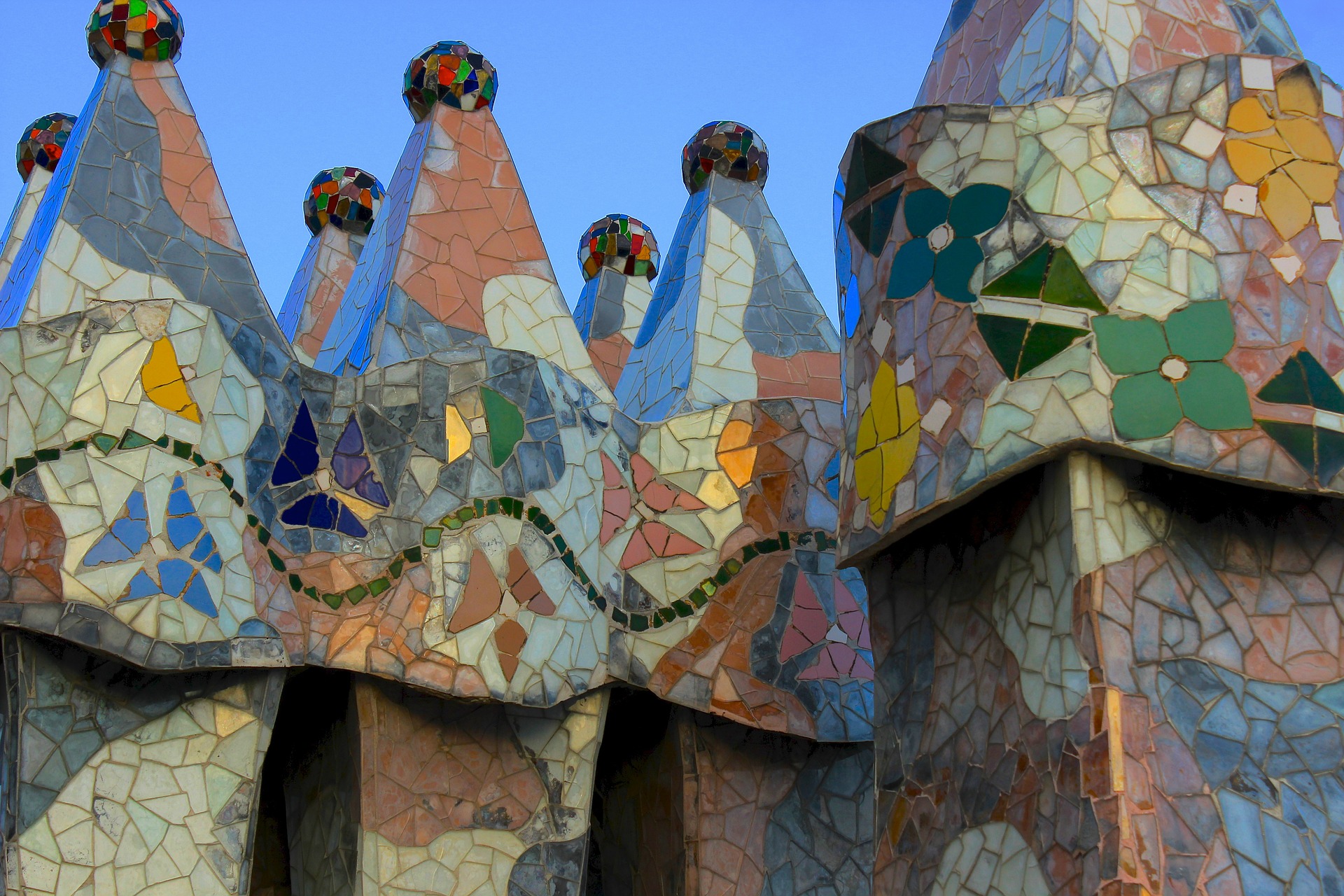

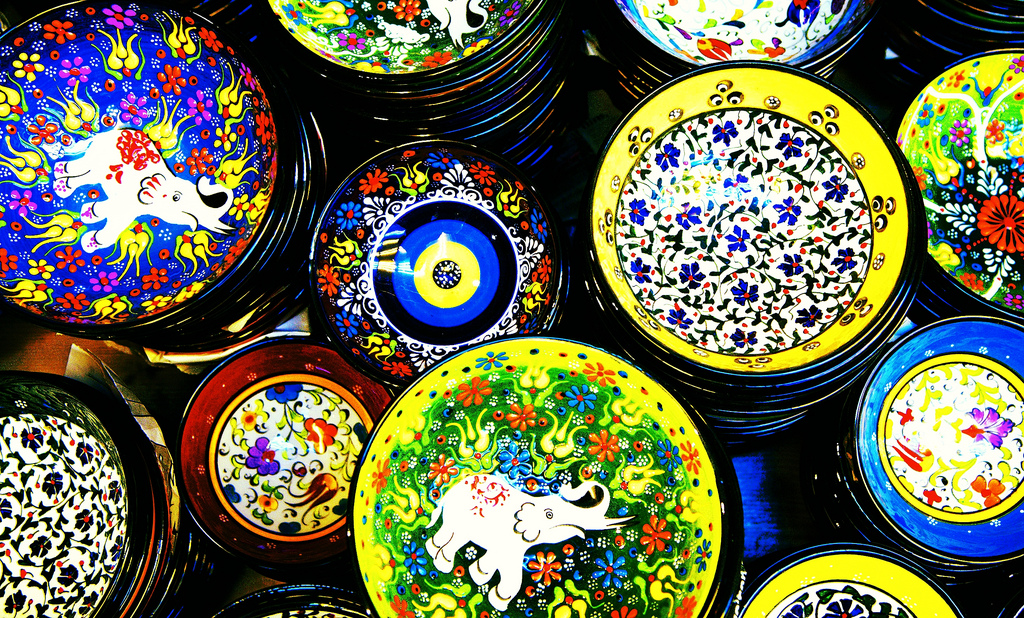

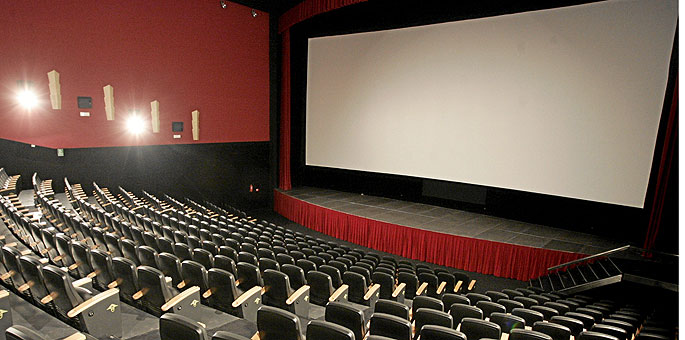
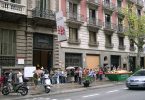



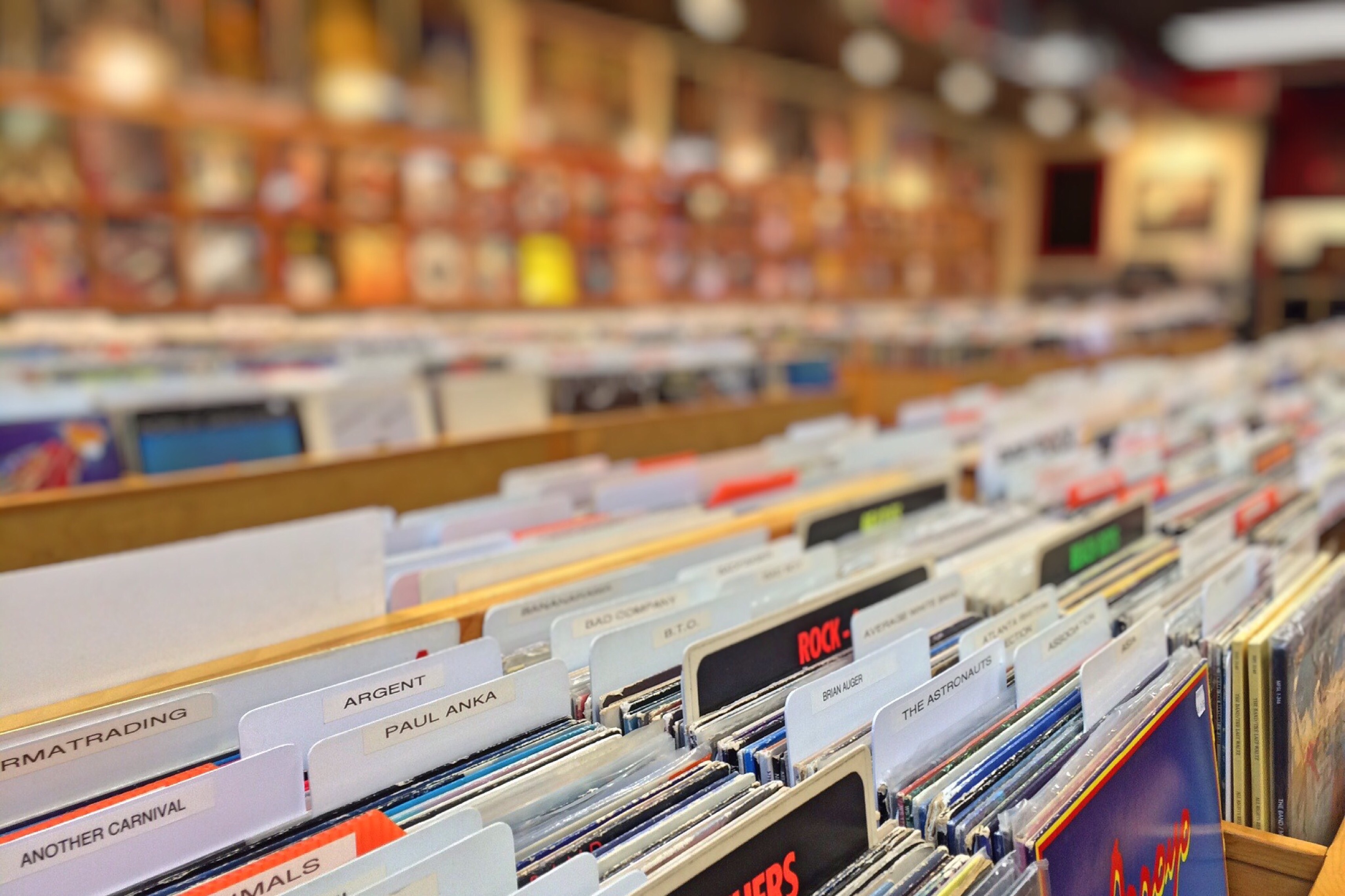


Leave a Comment